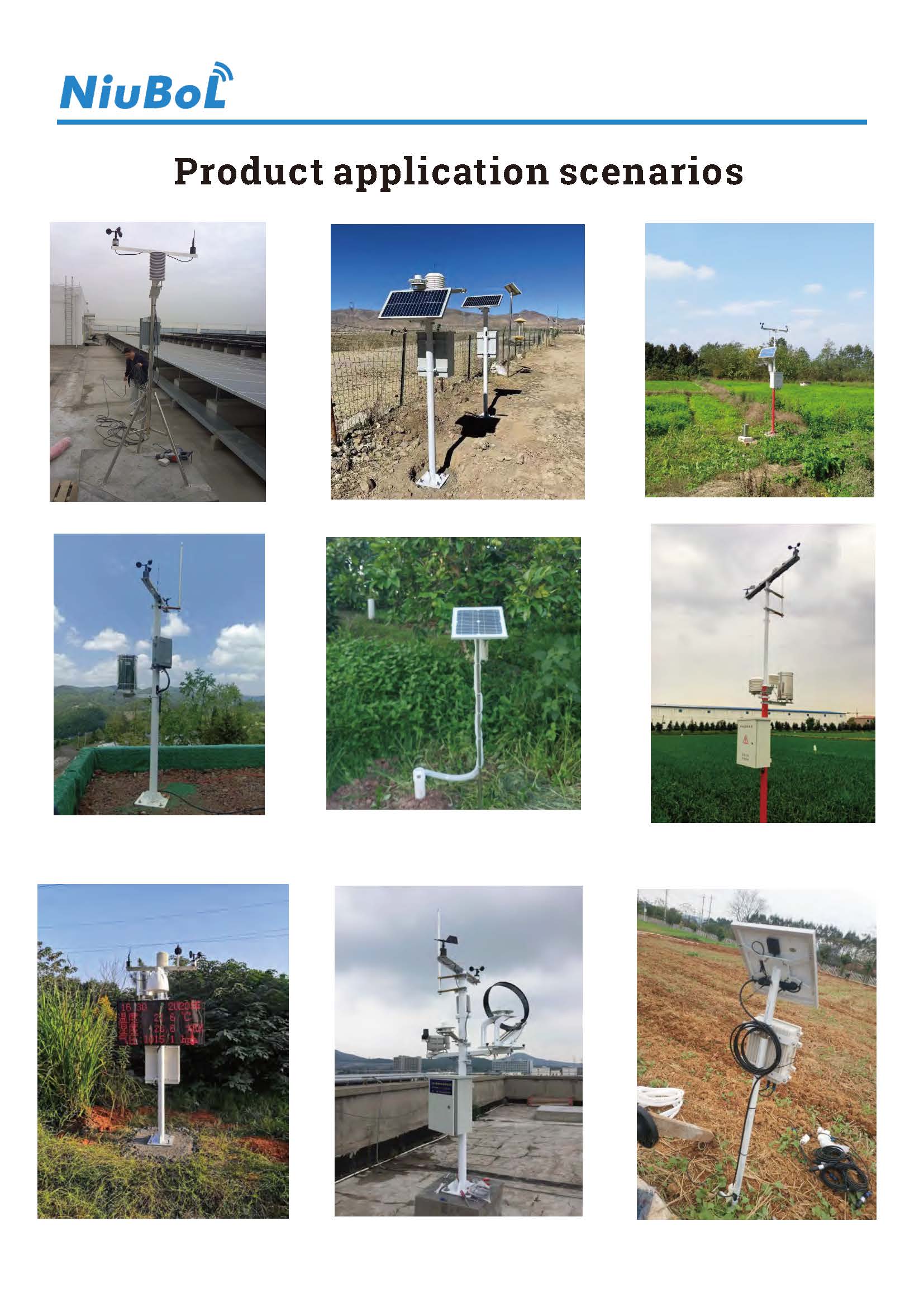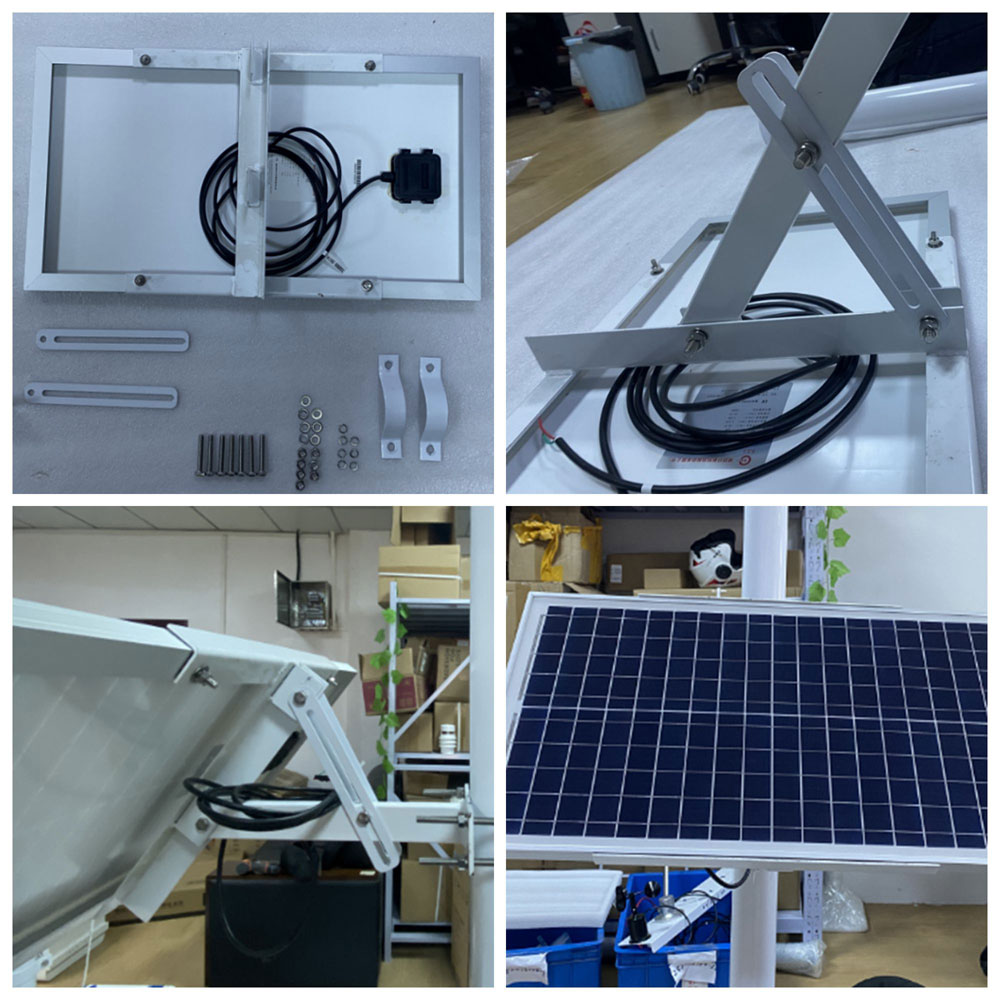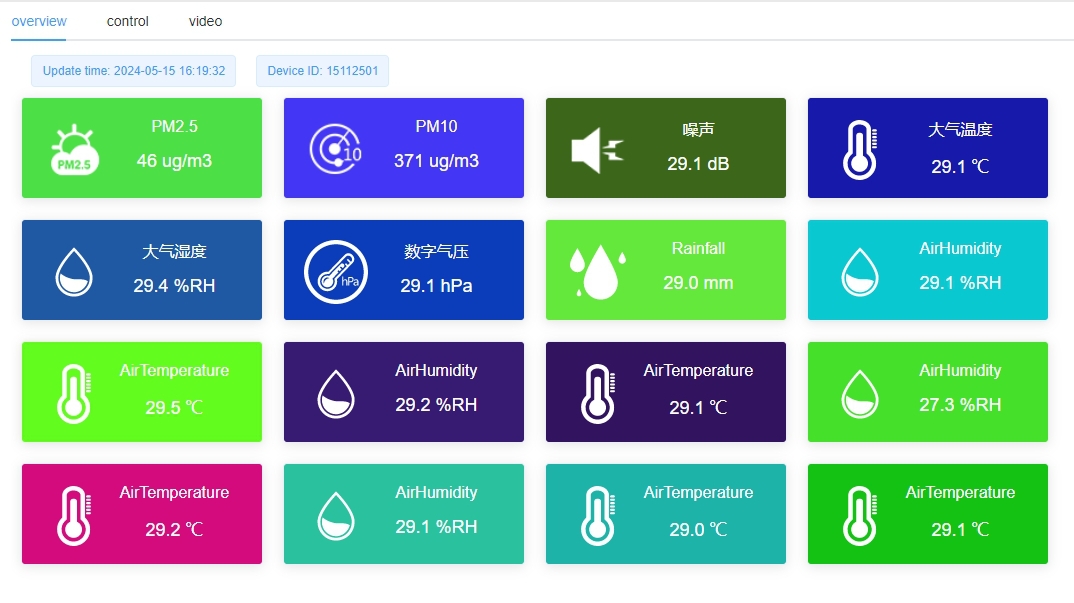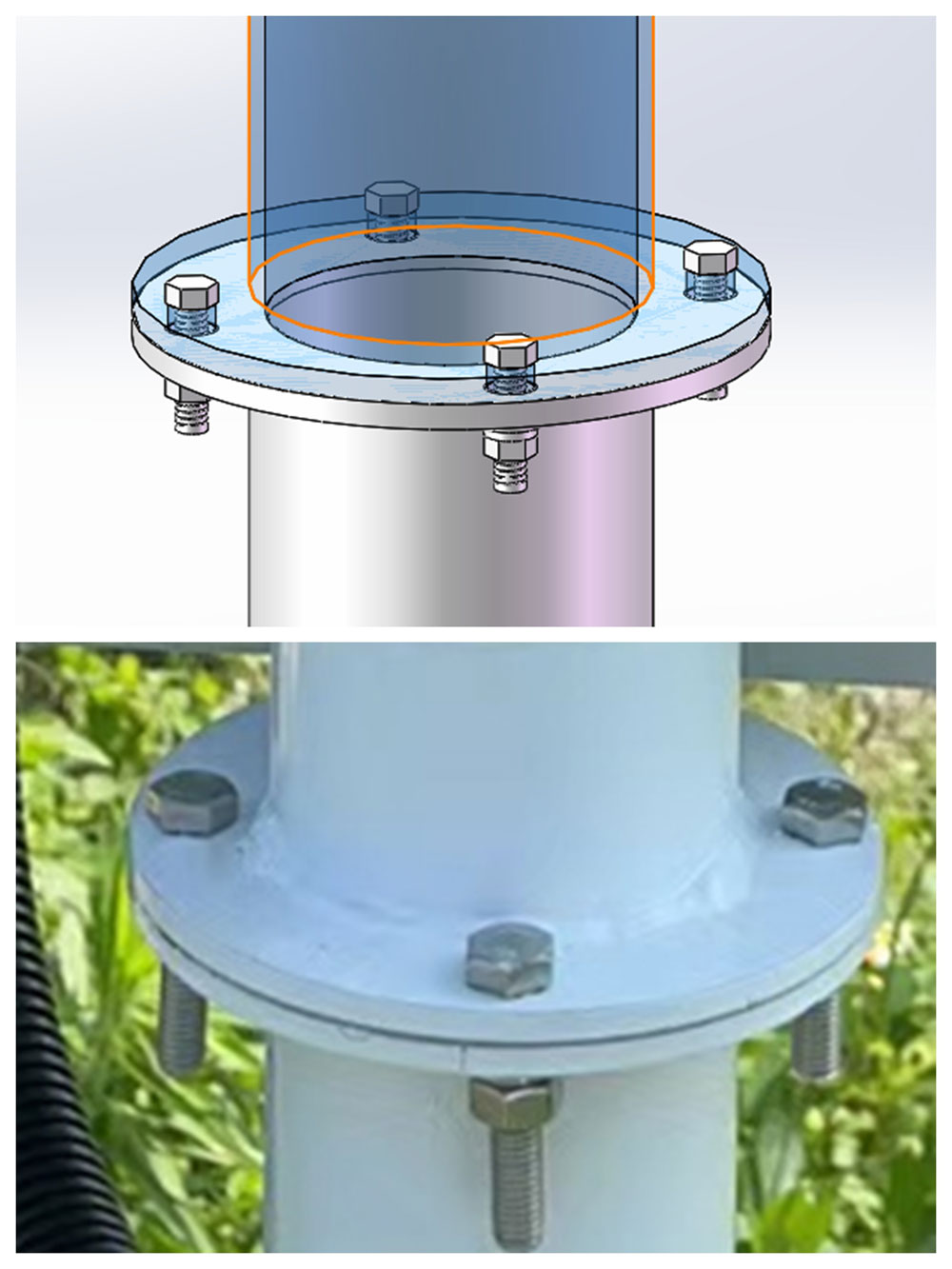

— Blogs —
—Products—
 Consumer hotline +8618073152920
Consumer hotline +8618073152920 WhatsApp:+8615367865107
Address:Room 102, District D, Houhu Industrial Park, Yuelu District, Changsha City, Hunan Province, China
Product knowledge
Time:2025-02-14 16:33:29 Popularity:175
In modern meteorology, accurate and real-time weather data is crucial for weather forecasting, agricultural management, environmental monitoring, and disaster early warning. However, traditional meteorological stations often struggle to meet the needs in remote areas or places with insufficient power supply. Solar-powered meteorological stations, as an eco-friendly and efficient solution, are changing this situation. By using solar energy as a power source, these stations can operate continuously and provide reliable data support for global weather monitoring.
A solar-powered meteorological station is an automated weather data collection system based on photovoltaic technology. It integrates solar panels, weather sensors, data loggers, and communication devices to monitor and record key meteorological parameters, such as temperature, humidity, wind speed, wind direction, atmospheric pressure, and precipitation. By converting solar energy into electricity, solar-powered meteorological stations achieve energy self-sufficiency, making them an eco-friendly and sustainable weather monitoring tool.
Core Components of a Solar-Powered Meteorological Station:
- Solar Panels: Convert sunlight into electricity to power the system.
- Weather Sensors: Include temperature sensors, humidity sensors, wind speed sensors, wind direction sensors, atmospheric pressure sensors, and precipitation sensors, which measure various meteorological parameters.
- Data Loggers: Store and process the collected weather data.
- Communication Modules: Transmit data to central servers via wireless networks or satellite.

Solar-powered meteorological stations have become an essential part of modern weather observation. Their applications span a wide range of fields, including weather forecasting, climate research, agricultural management, and disaster early warning.
Solar-powered meteorological stations operate around the clock, collecting real-time weather data and transmitting it to meteorological centers via communication networks. This enables meteorologists to make more accurate weather predictions and informed decisions.
Compared to traditional manual observations, solar-powered meteorological stations reduce human error, ensuring data continuity and accuracy. Even in harsh weather conditions, they continue to operate reliably, providing timely data for disaster early warning.
In remote areas with limited power infrastructure, solar-powered meteorological stations are an ideal solution due to their self-sustaining energy supply. As long as there is sufficient sunlight, these stations can operate, filling the gaps that traditional meteorological stations cannot cover.

Due to their flexibility and adaptability, solar-powered meteorological stations are widely used in various industries:
Farmers can use real-time weather data from solar-powered meteorological stations to optimize irrigation plans, adjust planting strategies, and forecast crop yields. This precision farming practice helps reduce risks, save resources, and increase productivity.
Solar-powered meteorological stations play a vital role in air quality monitoring, pollution level assessments, and climate change research. Through long-term data accumulation, scientists can better understand environmental trends and provide data for policy-making.
Tourism operators can use accurate weather forecasts from solar-powered meteorological stations to plan activities for tourists, enhance their experience, and ensure safety. This is particularly important in remote scenic areas or outdoor adventure activities.
Solar-powered rain gauges can accurately measure rainfall, providing key data for flood forecasting, water resource management, and drought assessment. In the context of frequent extreme weather events, these stations offer vital decision-making support for governments and relevant agencies.

Compared to traditional meteorological stations, solar-powered meteorological stations offer the following significant advantages:
By utilizing clean energy and reducing carbon emissions, they align with the global sustainable development goals.
The system design is robust and durable, with fewer components and no need for fuel replenishment, lowering maintenance frequency and costs.
As long as there is adequate sunlight, solar-powered meteorological stations can operate in various terrains and climatic conditions.
Even in harsh weather conditions, the system continues to operate, providing a continuous data stream for accurate weather forecasting and disaster early warning.

With continuous technological advancements, the functionality and performance of solar-powered meteorological stations will further improve:
Integrating artificial intelligence and big data technologies for intelligent analysis and forecasting of meteorological data, improving the accuracy and timeliness of weather predictions.
Integrating more types of sensors (such as UV intensity, soil moisture, etc.) to expand the monitoring scope and meet diverse needs.
By leveraging cloud computing and satellite communication technologies, a global meteorological monitoring network will be established, providing comprehensive data support for climate change research and environmental protection.

Solar-powered meteorological stations represent a major breakthrough in the field of weather monitoring. By using clean, renewable solar energy, these stations provide an efficient and sustainable solution for global weather data collection. Whether in urban or remote areas, solar-powered meteorological stations demonstrate their unique advantages and vast application prospects.
As global attention to sustainable development and environmental protection increases, solar-powered meteorological stations will play an even more important role in addressing climate change, promoting agricultural development, and ensuring public safety. Choosing solar-powered meteorological stations means choosing a greener, smarter future!
Prev:Forest Fire Meteorological Station: Becoming the Smart Guardian of Forest Safety
Next:Working Principle and Advantages of Photovoltaic Power Station Meteorological Monitoring System
Related recommendations
Sensors & Weather Stations Catalog
Agriculture Sensors and Weather Stations Catalog-NiuBoL.pdf
Weather Stations Catalog-NiuBoL.pdf
Related products
 Combined air temperature and relative humidity sensor
Combined air temperature and relative humidity sensor Soil Moisture Temperature sensor for irrigation
Soil Moisture Temperature sensor for irrigation Soil pH sensor RS485 soil Testing instrument soil ph meter for agriculture
Soil pH sensor RS485 soil Testing instrument soil ph meter for agriculture Wind Speed sensor Output Modbus/RS485/Analog/0-5V/4-20mA
Wind Speed sensor Output Modbus/RS485/Analog/0-5V/4-20mA Tipping bucket rain gauge for weather monitoring auto rainfall sensor RS485/Outdoor/stainless steel
Tipping bucket rain gauge for weather monitoring auto rainfall sensor RS485/Outdoor/stainless steel Pyranometer Solar Radiation Sensor 4-20mA/RS485
Pyranometer Solar Radiation Sensor 4-20mA/RS485
Screenshot, WhatsApp to identify the QR code
WhatsApp number:+8615367865107
(Click on WhatsApp to copy and add friends)